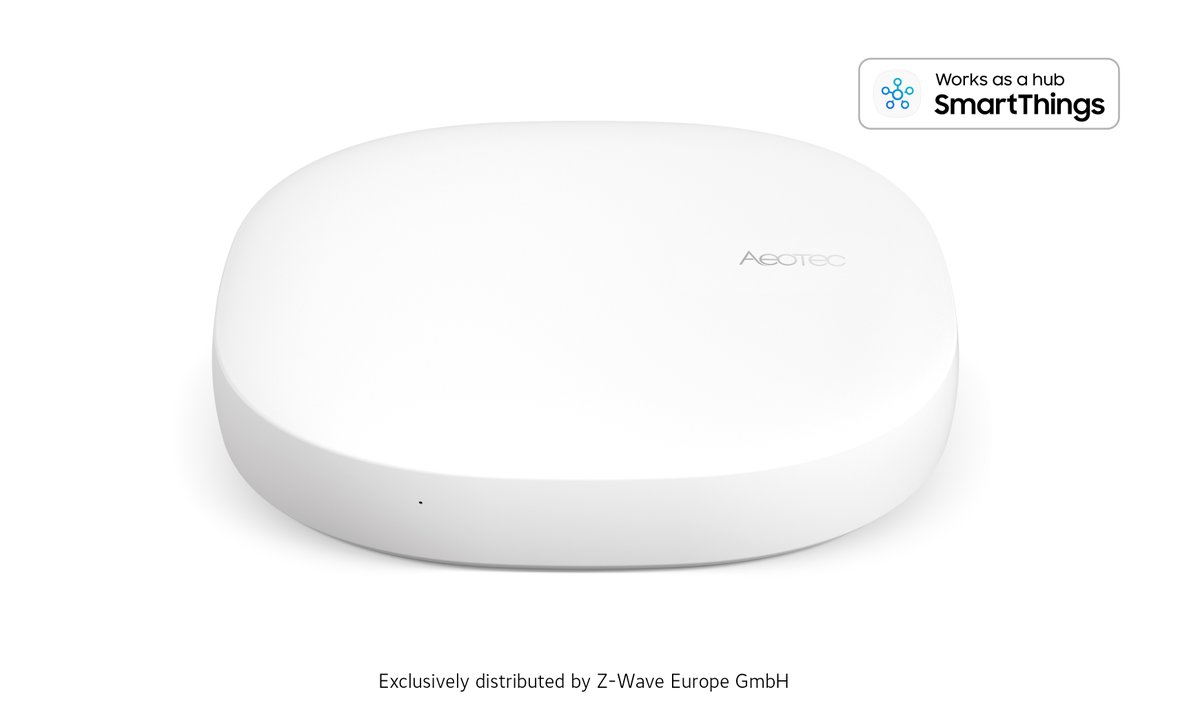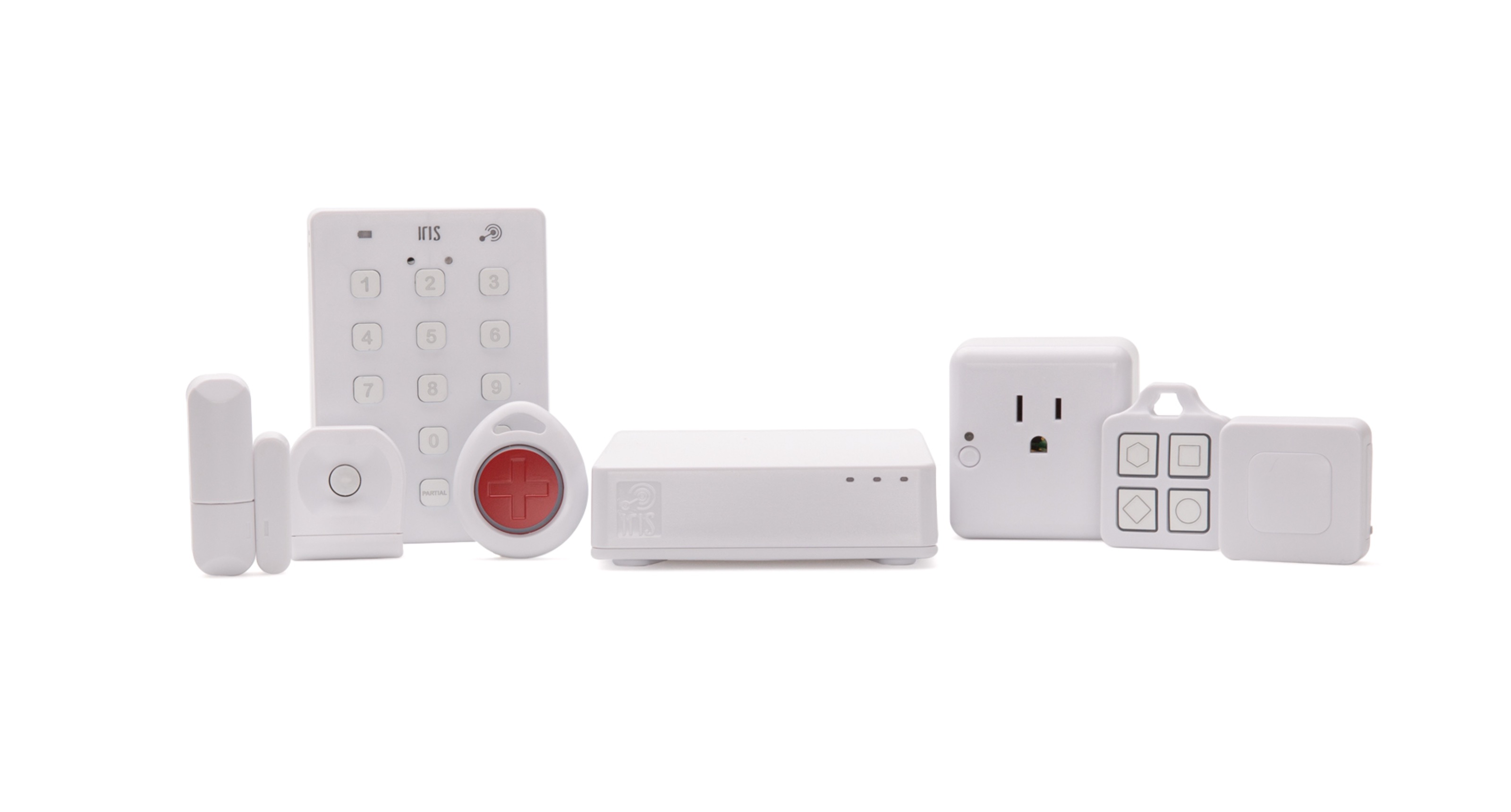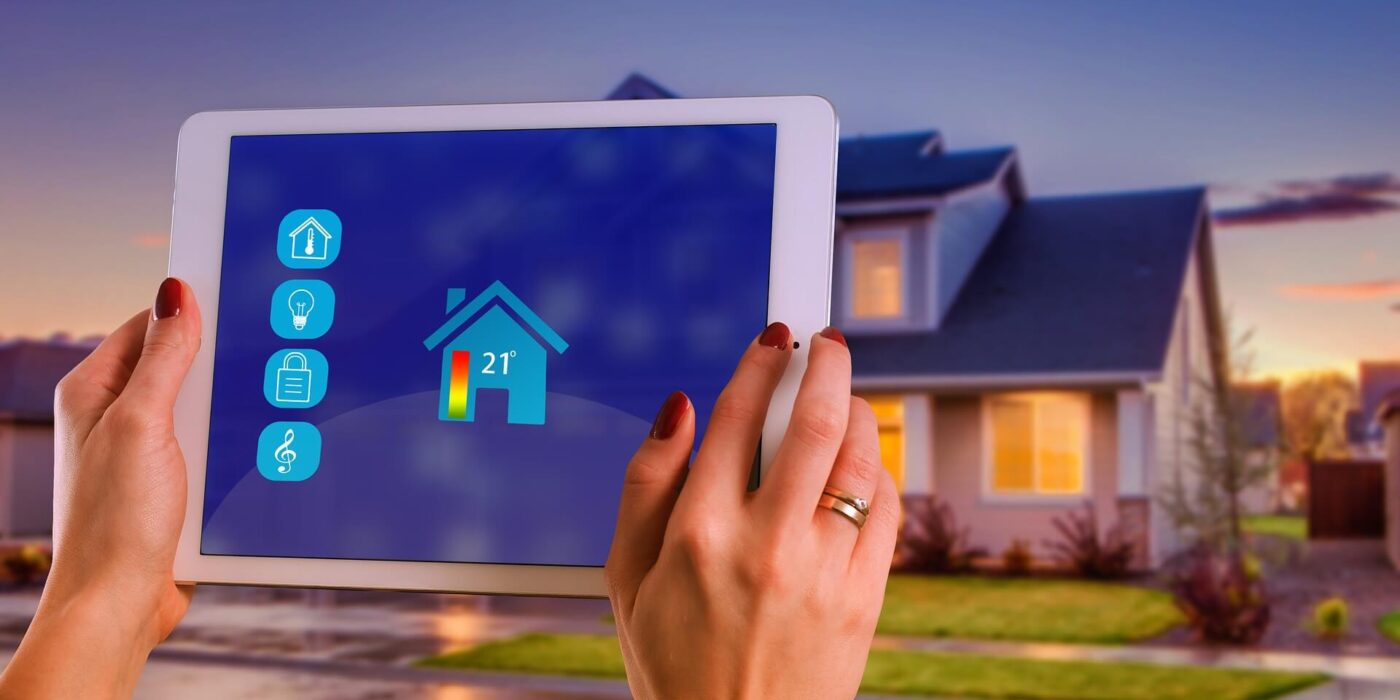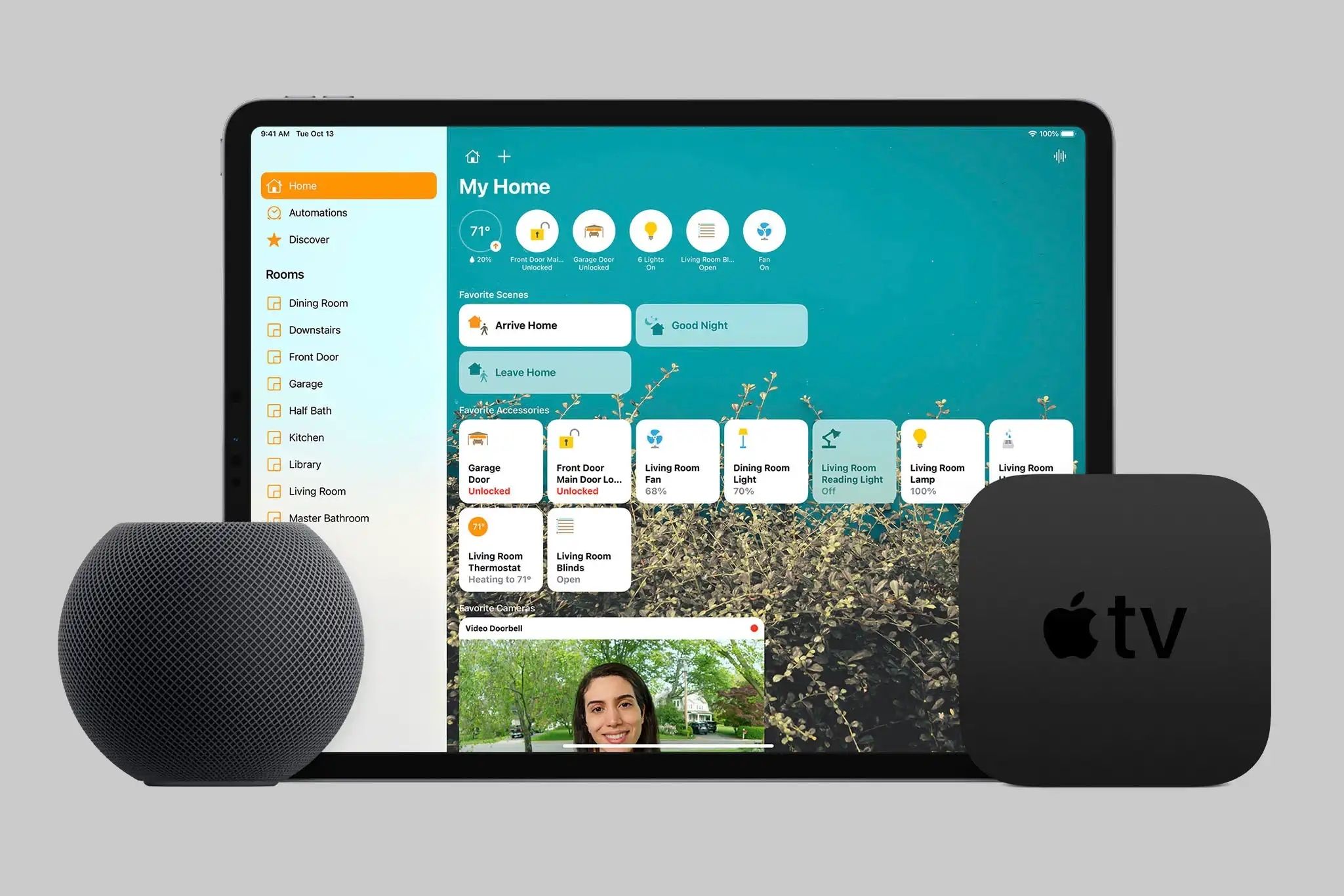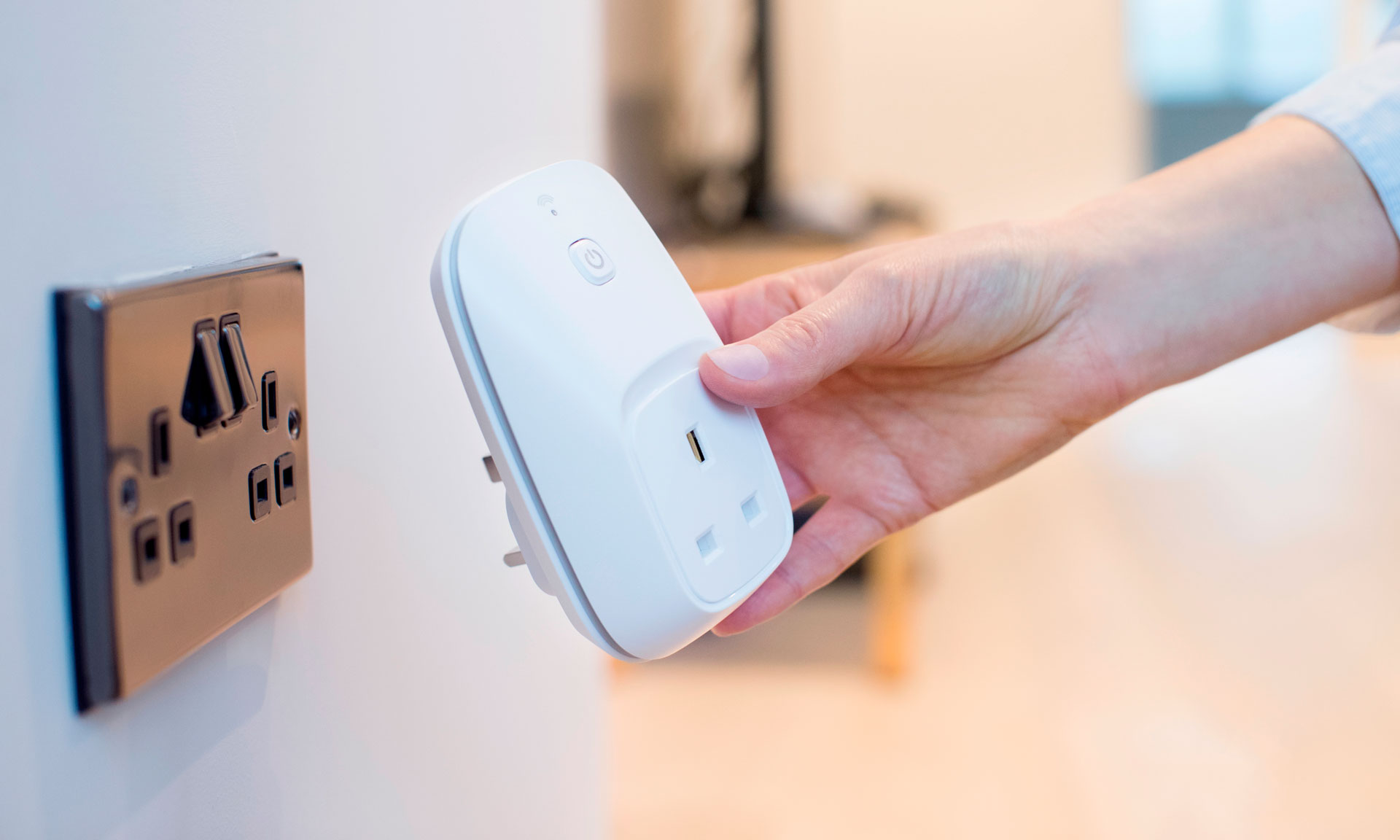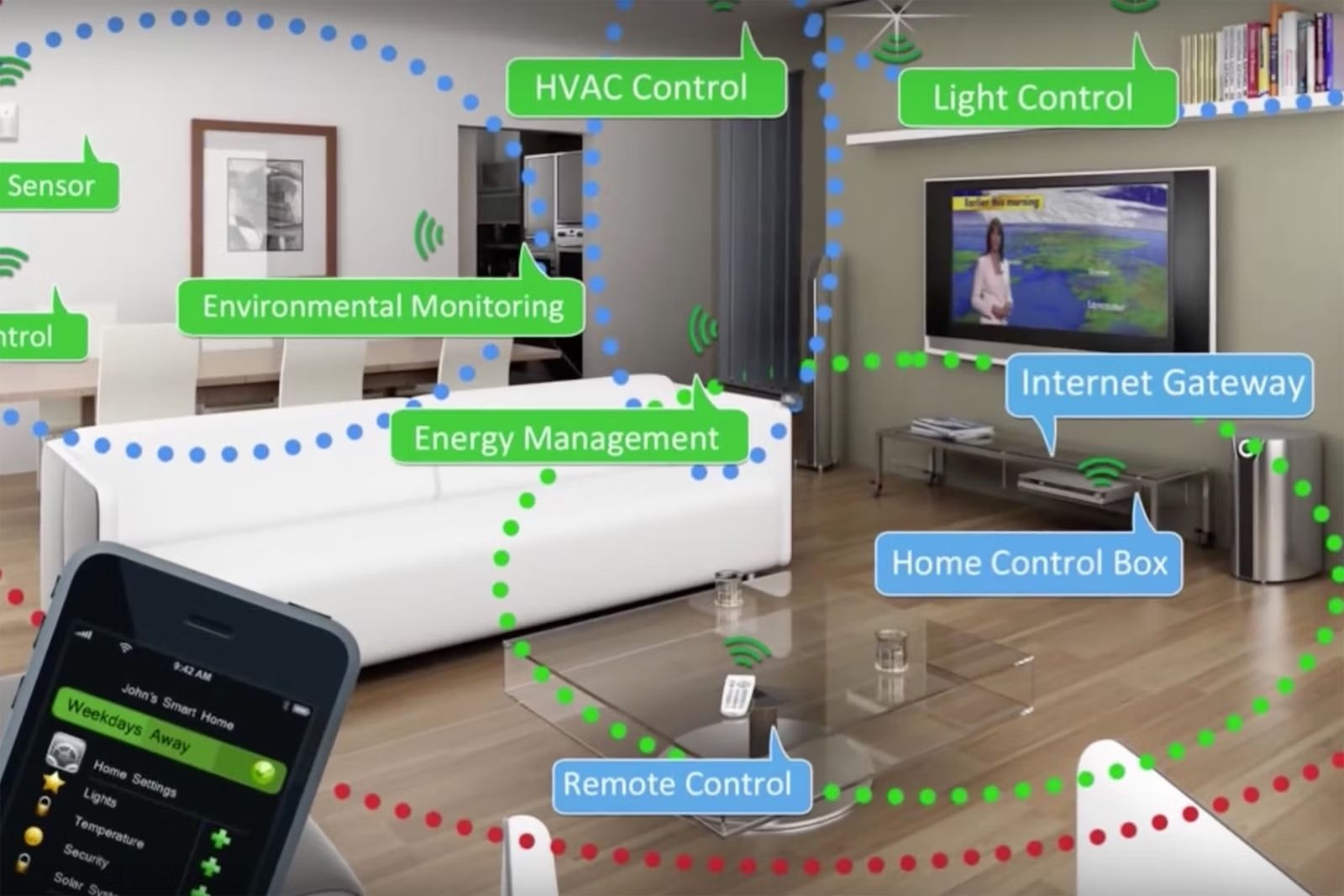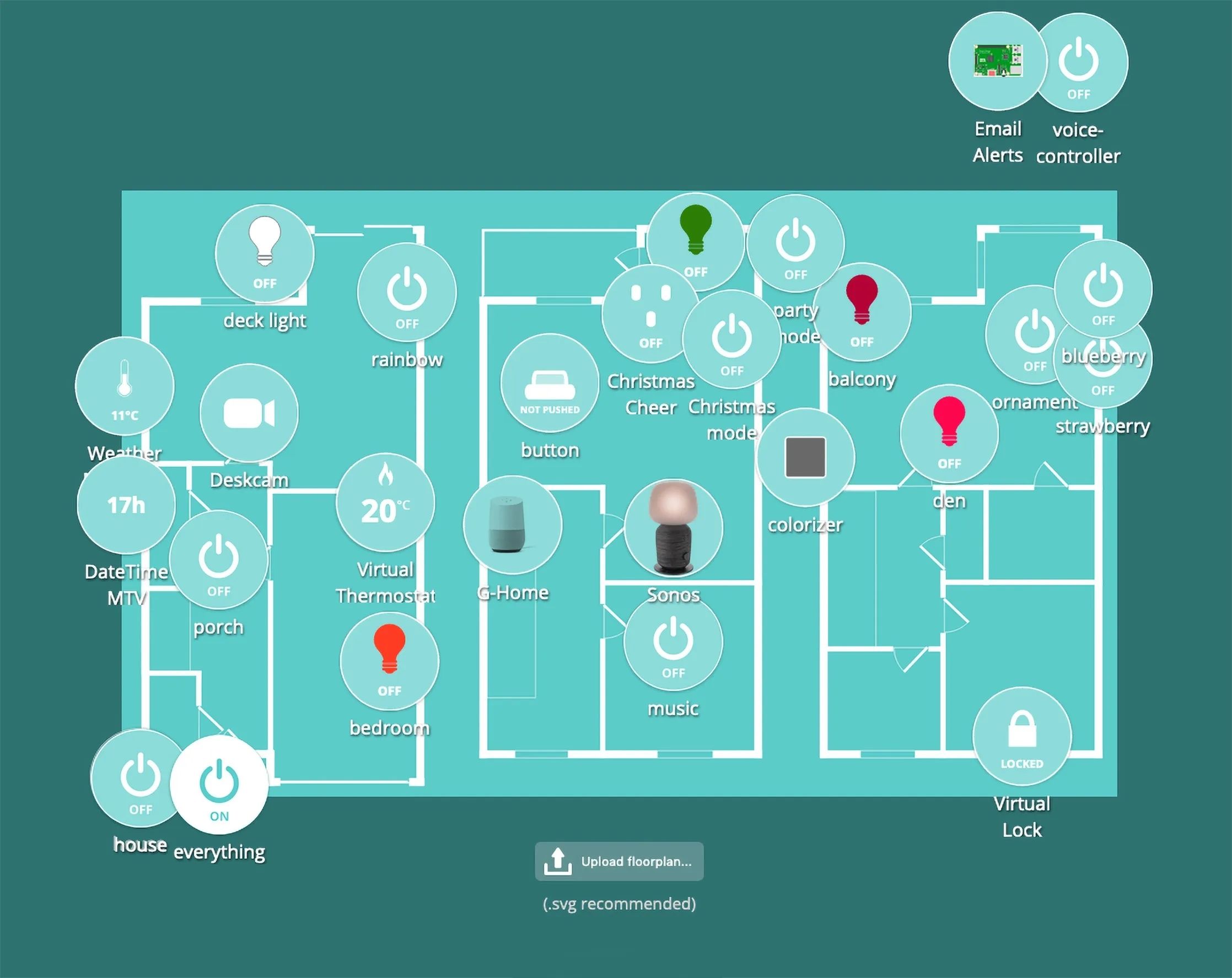A well-designed smart home automation system should provide you with a single access point to all the devices in your smart home. The increasing popularity of wireless technology and smart devices means that this is the opportune time for you to create your home automation system. With smart home automation, you can incorporate smart devices like speakers, thermostats, televisions, security cameras, and more into a single network that you can control.
In this article, we’ll teach you how to go about starting your smart home automation project and the things you’ll need to get started.
Inside This Article


What Is a Smart Home Automation System?
Smart home automation, often referred to as smart home technology, is the technology that enables users to control multiple smart devices within the home via a central control hub. It’s the framework behind the internet of things (IoT). This infrastructure is made up of smart devices communicating through the internet or through protocols. This includes light bulbs, speakers, vacuum cleaners, TVs, security cameras, and other devices with the shared capability to connect to a network.
Most of these devices each come with their own software that you can use to control the device. But given the large number of devices that you can accumulate within a single space, the system requires a single control point for many devices. This is where the smart home hub becomes very useful.
At the centerpiece of every smart home is what is known as a smart home hub. A home hub is a centralized device that connects to multiple smart devices to control them. One good example of this is the Google Home Hub. Home hubs like these come with plenty of benefits. It lets you manage your devices from anywhere within the range of your Wi-Fi or other protocol. In some cases, it also allows you to control devices even when you’re not home. With smart home automation, you can do things you previously cannot do.
That includes things like looking on your home security feeds while on vacation. It may also entail monitoring your pets while you’re at work, or letting your friends into your home via an app.
Guidelines for Starting Your Own Home Automation Project
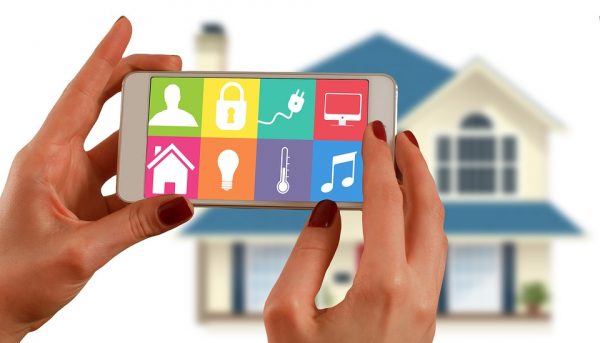

Building your own smart home may appear as simple as buying smart devices to put into it. But there is a dizzying selection of smart devices out there, and you might need a little help with navigating that environment. So before you go off to buy the first device that you see, here are a few reminders to help you navigate the wild world of smart electronics:
Set a Budget for Your Home Automation Project


Like any other project that you might have, building your own smart home automation system will require spending some money. And like most other projects, the best way to go is to start with a reasonable plan and budget the smart home devices you want to buy. Having a plan and a set budget will help you identify the things you really need or want. It will also prevent you from overspending.
However you want to play this planning phase, one thing to keep in mind is that price tags don’t always reflect product quality. A smart device may be expensive and popular, but that tells you nothing about its service life or practical use. So before you go out on a shopping spree for a home hub and other devices, it’s best to conduct some basic research about the items you’re interested in. Try comparing prices and read honest reviews about these products. Also, take note of important things like specifications and communication protocols before making a purchase.
Get a Smart Home Hub
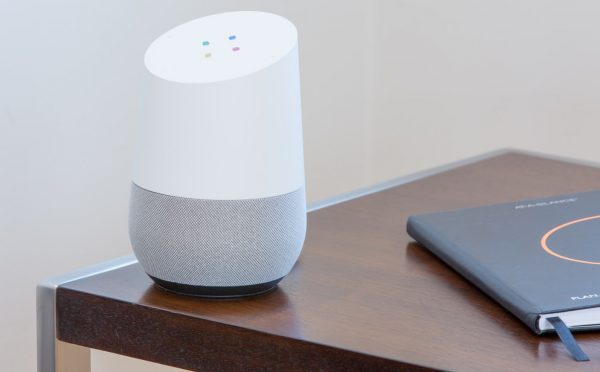

The IoT is the invisible infrastructure that connects your smart devices. This technology makes it easier for everyone to install and use these gadgets. Still, you’ll need a central device to keep everything in control. In some cases, a simple smartphone can take on the task via an application. But if you have multiple devices or services, you might want to rely on a home automation hub. The key benefit of a home hub is in keeping all of your technologies under a single and easy to navigate platform. If you plan to accumulate a large number of devices for your smart home, a smart home hub comes highly recommended.
There are a number of home hub types available in the market. Google Nest Hub Max and the Amazon Echo show are fully interactive tablets that let you control your devices via a single, dedicated app. There are also speaker hubs like Amazon Echo and Apple HomePod. These use voice commands to control your smart devices. There are even hybrids of the two types that combine screen interactivity with voice commands. Ultimately, the verdict on whether or not you actually need a hub boils down to how many devices you have. It’s also worth asking yourself if you are experiencing difficulty managing multiple devices.
Ensure Compatibility with Protocols
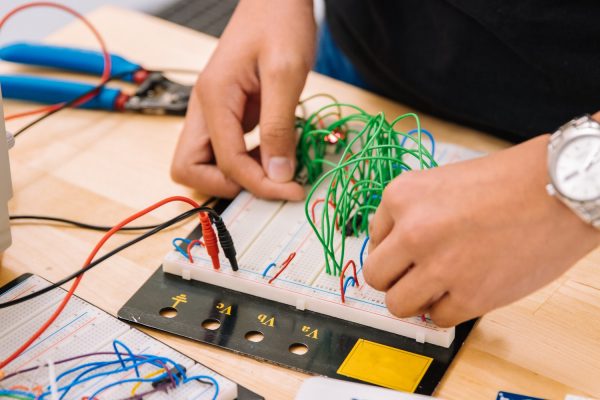

In theory, smart home hubs should be able to control all of the devices you add to the network. But in reality, there is no single hub that can act as a universal remote for all of the smart devices out there. This problem boils down to the communication protocols. These are the different languages that devices use to communicate with each other. Pretend for a second that your home hub speaks French and your smart speaker speaks Spanish. The obvious differences in language will make it difficult for these two devices to communicate unless one of the devices speaks more than one language. The same idea applies to smart devices and communication protocols. These protocols determine whether the smart devices will be compatible with other devices.
Here are a few important reminders when making a purchase. Avoid devices that can only accommodate a single protocol to limit the number and types of devices you can add to the network. What you want and need is a smart home hub that can work seamlessly with a wider selection of protocols. These devices will allow more devices to connect to the network. A great example would be the Samsung SmartThings hub. But this isn’t to say that widely compatible home hubs are hard to find. In fact, the increasing demand for smart home devices began to increase in devices that can connect with other protocols. Even then, it’s always best to check the protocols before you buy anything.
Start with the Basics


Once you’ve decided on whether to purchase a smart home hub, you can proceed to populate your home with independent devices. As a general rule, you should only purchase smart devices that you really intend to use. Most people begin with smart lights since these devices are easy to install and easy to operate. Once you have mastered the simple products, you can proceed to more complicated products that can run themselves. That includes things like robot vacuums or laundry folding robots. If you feel you are ready to explore the exciting world of smart devices, check out this summary of the best smart home devices for you to explore.
But then again, you can always just head straight for items that you really want. Just remember that you don’t have to buy everything at once. Start with a single device or a couple of devices. Eventually, you will learn what other integrations or devices you will need. It’s also a good idea to take some time to look up the products that interest you before you make the purchase. Finally, remember that there is a wide world of IoT products to explore, and you can explore it at your own pace.
Look for Devices That Help Save Energy and Money


Smart devices were created for safety and convenience. But another lesser-known but equally important benefit is that they can help you save both money and energy in the long run. These are the so-called eco-friendly smart devices that either monitor resource consumption within your home or automatically control your household appliances by turning them on or off when not in use.
Examples of energy-saving and disaster-preventive devices include smart water monitoring and smart electrical systems. There are also smart thermostats and geo-fences, among other smart devices.
Check for Backwards Compatibility


When selecting your home hub devices, another important task is to check whether they’re backward-compatible with the devices you already have. Let’s say you have a couple of smart lights which you’ve purchased a few years back. And you want to purchase smart plugs to make your lighting more cost-efficient. If you purchase a pair of smart plugs that isn’t backward-compatible, the two systems would not be able to work together. Then you’d have to purchase new smart lights.
By becoming conscious of the backwards compatibility of the smart home devices you’re looking at, you can expand your existing network instead of having to replace items that are still fully functional. This is a far more efficient way to maintain your smart home automation system without wasting time and money.
What Smart Home Automation Products Can You Buy?
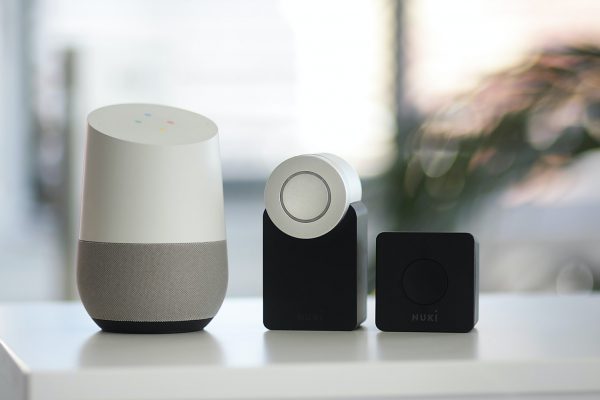

There is a wide selection of devices in the market to choose from. Some of them are highly popular and prevalent among households, like smart speakers and smart televisions. On the other hand, there are also others that are lesser-known and not often seen advertisements. But we feel that you should be able to learn about both sides of the spectrum to define your decision-making. Here are some of the popular and not-so-popular types of smart devices that you can welcome into your smart home:
Mainstream Smart Devices
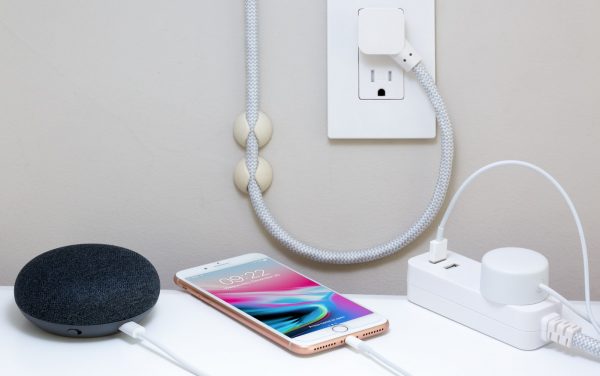

There is an upsurge in demand for smart devices, and it’s not just because they look cool. These devices have a very practical purpose. And they help us solve small problems in the household. The sophisticated designs, advanced features, and extended service lives of these devices make them masterpieces of innovation. Here are some of the classifications of smart devices that you should know about:
- Smart Lights. These are advanced versions of the light bulb that can be adjusted in terms of brightness and color hues. Smart light bulbs often work hand in hand with smart light switches that can be controlled via the home hub.
- Thermostats. Thermostats with smart capabilities are used to monitor and control temperatures across different rooms in your house.
- Smart Locks. Smart locks allow you to unlock or lock your doors through a dedicated and secure app on a smartphone. This is particularly useful for monitoring access to your doors and allowing temporary access to friends when you’re not home.
- Doorbells and Cameras. Smart cameras and doorbells automatically capture video footage of individuals who ring your doorbell so that you can see them before you answer the door or after you come home.
- Security Systems. Security systems are intended to monitor your home for potential intruders, and most are able to send you an alert if someone tries to break into your home.
- TVs and Remotes. Smart TVs are able to interface with other devices in the home, whereas smart remotes can control the other smart devices in your home like the smart lights, thermostat, etc.
- Other Devices. There is a growing list of smart devices in the market, and they cover other areas where devices are most needed, such as kitchens, nurseries, pet care, and office care.
Energy-Saving Smart Devices


One of the more practical features to have in smart devices has to do with the ability to save energy and money in the long term. An increasing pool of devices can deliver eco-friendly services while helping you save on water, electricity, and the bills that come along with these resources. Here are some of the eco-friendly devices you should consider:
- Smart water monitoring. This technology makes use of sensors that carefully monitor each and every water source in the house to create estimates of water consumption. The sensors attached to faucets in the home can detect leaks which should trigger automatic shut-off of the water supply.
- Smart electrical systems. Smart switches or smart plugs allow you to monitor the on/off status of appliances within your home. These devices rely on your Wi-Fi network to alert you about lights, radios, or other devices left turned on so you can turn them off via voice command. The main difference is that smart lights are limited to bulbs whereas smart plugs can manage multiple appliances plugged in.
- Geo-fences. Geo-fences are virtual fences that can detect whenever occupants enter or leave your home. The geo-fences track the owners via GPS or RFID technology. It then sends signals to the home hub to turn lights or air-conditioning system on or off.
- Smart thermostats. Smart thermostats monitor the temperatures across different rooms inside your home. The latest versions of smart thermostats can automatically detect occupancy within the home. This will give you complete control of your home temperature, even without being inside it.
- Smart blinds. Smart blinds are able to close or open based on designated times set on input by the owner. The blinds can stay closed during the summer or open during the winter. It really depends on the owner’s preferences.
What Are the Basic Smart Home Automation Protocols?
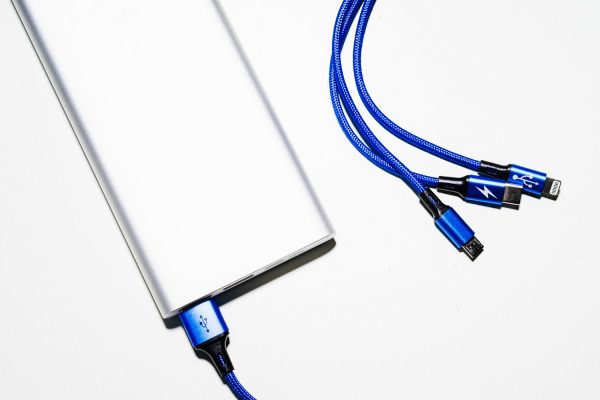

One of the key considerations for setting up a smart home is the wireless communication protocols that the devices use. Wireless communication protocols are the current go-to standard for smart home networks due to their low cost and ease of use. The available protocols have their advantages and shortcomings, and it’s important to be able to distinguish them when you’re trying to build your own smart home. Here are some of the top smart home protocols for smart devices:
Wi-Fi
Just about every home and business make use of Wi-Fi networks to connect to the internet. That makes Wi-Fi the most widely used wireless network technology around the world. The Wi-Fi protocol shines at sending large amounts of data quickly. And the cost for Wi-Fi infrastructure is also low and deployment relatively easy. It also offers a moderate network range of anywhere between 20 to 40 meters from the source. This moderate range means it’s only enough to accommodate devices within the home. But it’s not enough to cover devices outside of the home.
On the other hand, these benefits come at high power consumption costs compared to other protocols. The high power consumption makes Wi-Fi more suitable for devices that are constantly plugged in than devices that run on batteries. Another downside to Wi-Fi is that it occasionally suffers from interference.
Zigbee
A wireless protocol, Zigbee makes use of low-energy radio waves called a mesh network. Signals essentially jump from one device to another until it reaches the intended device. The protocol also requires a central hub and an internet connection to work. With Zigbee, the signals can jump as many times as necessary to reach the intended device.
Some of the benefits of the protocol are similar to Bluetooth in terms of low power-consumption, high security, and network scalability. It offers a wireless range of 70m indoors and 400m outdoors. However, one downside is the protocol can cause interference with Wi-Fi signals within a network.
Z-Wave
Like Zigbee, Z-Wave is also an open-source wireless mesh network protocol. That means it also relies on low-frequency radio waves to pass along signals between devices. However, the main difference is that with Z-Wave, the signals are only allotted a maximum of four hops. In contrast, Zigbee allows for an unlimited number of hops. This means that Z-Wave would be a few times slower than Zigbee. However, it does pose less risk of facing traffic congestion. This means it may be a good alternative to Wi-Fi and Bluetooth.
It’s also compatible with more devices than Zigbee and consumes less power. Z-Wave works perfectly with any devices that use sensors. These include devices such as lighting control and thermostats. It’s also great for windows controls, garage door openers, locks, and many more.
Insteon
Insteon allows home automation devices to communicate via power lines, frequencies, or a combination of both. As a wired communication protocol, Insteon mainly relies on your home’s electrical wiring. The dual-mesh setup offers a great range. Moreover, devices can alternate between wired or wireless communication. This helps to ensure that a device will receive its instructions if one network type goes down.
Since Insteon can make use of the home wiring, some Insteon products need to be professionally installed in the home. And like many of the communications protocols, Insteon also requires hubs to program complex actions and to respond to voice inputs. Examples of Insteon applications include remote controls, leak sensors, motion sensors, among others.
Radio Frequency Identification (RFID)
As its name suggests, radio-frequency identification (RFID) uses electromagnetic fields to transmit any data. The maximum range of RFID technology is 200 meters. RFID scanners have the ability to identify tagged items and to collect the information contained therewith. The way it works is it leverages low-power radio frequencies to identify objects with small microchip tags containing information.
A scanning device or RFID reader collects the information wirelessly then passed on the information to an enterprise application software for storage. RFID is often used to identify and locate objects within the IoT setting. As such, RFID can often be found in digital cameras, GPS, and smart sensors, among others. The technology is also widely used in healthcare and transportation systems to track patients and to read passenger data.
Bluetooth
Bluetooth is a highly popular protocol used for short-range data transfers. It uses short-wavelength UHF radio waves of frequency ranging from 2.4 to 2.485 GHz. As most people who have tried Bluetooth would know, the technology works best in sending small amounts of data over a short distance. In fact, the range for Bluetooth is limited to around 100 meters.
There are various versions of Bluetooth, but the most notable is Bluetooth Low Energy (BLE). This version was designed for low-powered devices. It helps IoT devices conserve energy by maintaining the devices in sleep mode-until they are connected. The main benefit of BLE is that it can rapidly pair and reconnect with devices in a matter of milliseconds. These rates are much faster than the standard Bluetooth. You can find Bluetooth in a wide selection of consumer products such as telephones, tablets, media players, and more.
X10
The X10 communication protocol is one of the oldest protocols in existence. As a wired protocol, it relies on the existing power lines inside a home for signaling and control. The way X10 works is that it carries short blasts of radio frequency signals into the power wiring inside your home. This allows you to control everything from light switches, lamp holders, or mains outlets.
The controls can be done either through a wall attachment or through remote control. The X10’s reliance on wires within the home can cause noticeable delays in device response times. An example of this would be the multi-second delay between pushing a button and the lights coming on. The X10 protocol is commonly found in legacy devices and first-generation models of smart devices.
How Can You Control the Devices in Your Smart Home?
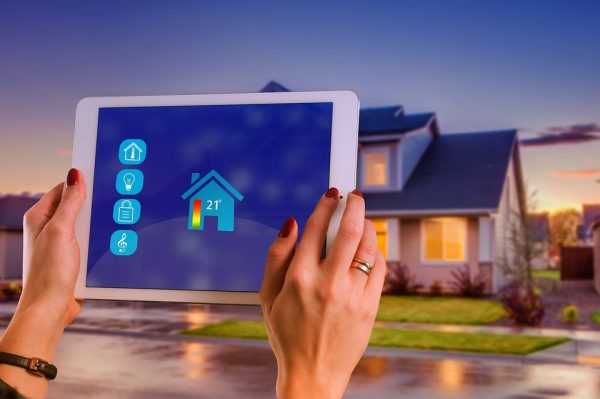

So you’ve reached the point where you already possess a couple of smart devices. These smart devices probably cost you a considerable amount of money. It only makes then that you would want to make full use of the devices to get the bang for your buck. But how can you control multiple devices without getting overwhelmed? A smart home hub can act as the command center or central control point for all the smart devices that you own.
Smart home hubs offer different ways to control external devices. There are traditional home hubs like the Samsung SmartThings, Wink, and Habitat. These devices take on a screen-less modem or pod’s appearance. They connect wirelessly to your smartphone from where you can control other devices. There are also home hubs with interactive screens, like the Google Nest and the third-generation Amazon Echo Show. These let you control other smart devices mainly through an interactive app.
There are also the top-rated smart speakers that run on Amazon Alexa, Google Assistant, or Siri. These devices do not have screens but are perfectly capable of taking in instructions through voice commands. The speakers are always on standby, which has led to some privacy concerns like Amazon Alexa’s alleged violation of privacy. People who don’t want to purchase separate hubs can use software-based home hubs instead. A great example would be the software Yonomi.
Final Thoughts on Smart Home Automation: A Beginner’s Guide


With the increasing demand for IoT products, we are only bound to see more smart home products released in the market. And since the smart home automation sector is only still in its infancy stages, we can also expect much improvement in the devices that will come out in the coming years. There will also come a time when the devices that we have will have been overtaken by newer, more advanced devices.
The discussion on smart home automation ties into the wider discussion of internet of things (IoT) solutions and the powerful applications of artificial intelligence. These technologies are slowly evolving together to deliver the best products, the likes of which we have never imagined possible. But perhaps for now, we are more than satisfied to witness this smart revolution and we are equally happy to partake in the fruits of the movement.









